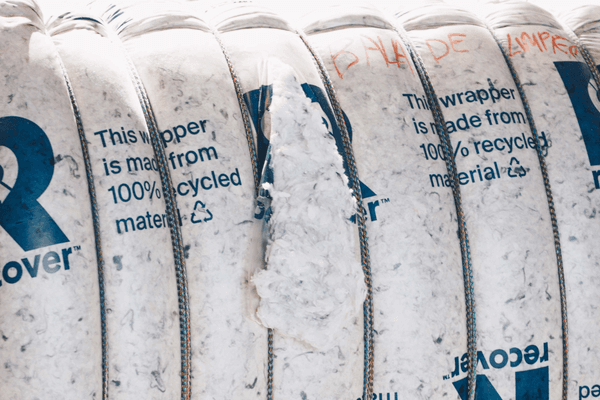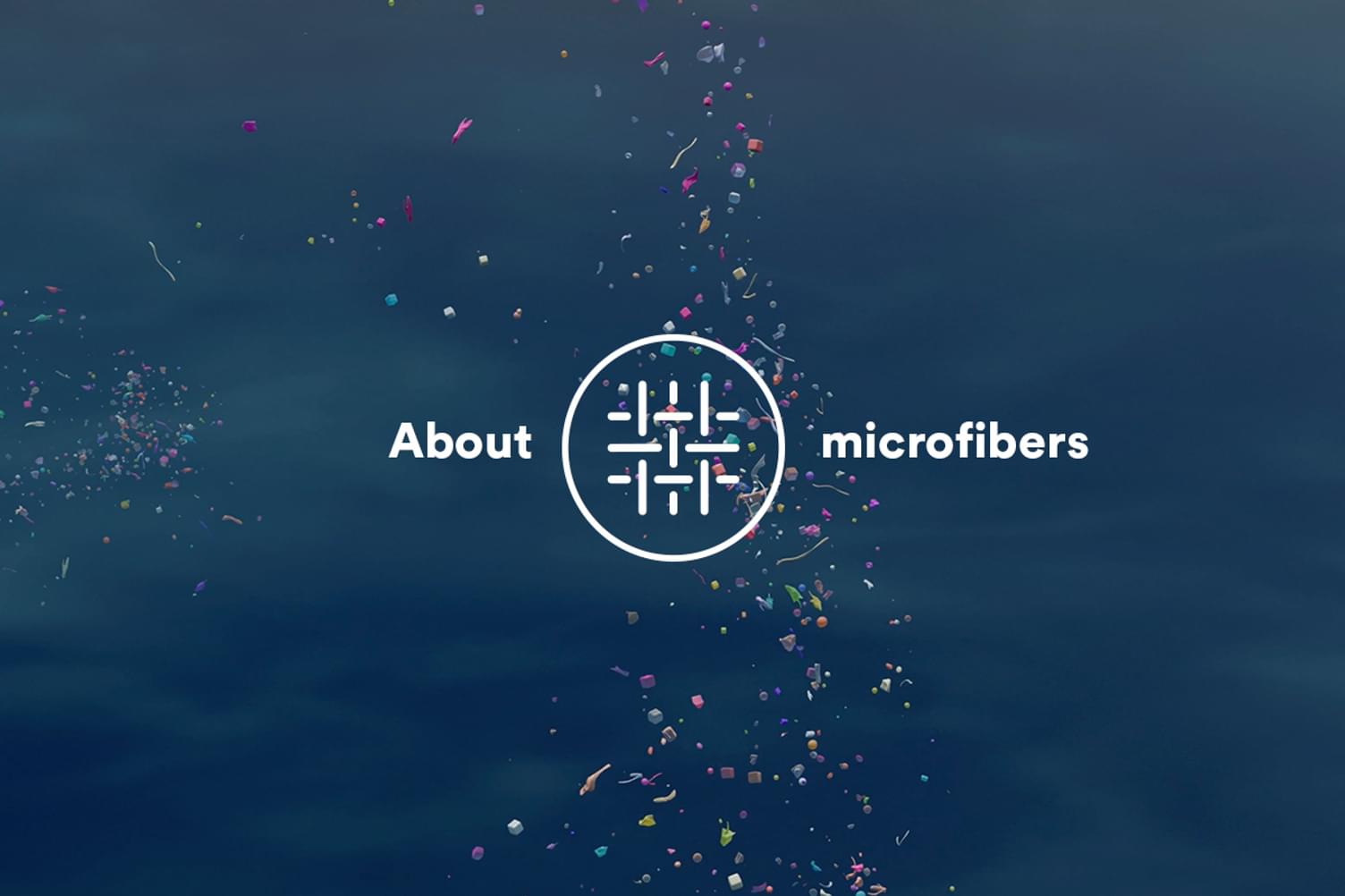Biodiversity: What are the benefits of recycled cotton?

Site map
Concerns on the negative impact of microfibers for the environment and for our health have been progressively increasing in the public sphere for the past few years. Even though the topic has been discussed in academic and professional fields for over 20 years[1], the real implication of microfiber pollution is still not completely understood by the textiles industry. Research on microfibers is essential to understand their full impact on our ecosystems and possible prevention actions for their spreading.
Most recently in January 2022, First Sentier and MUFG released a very complete report on the subject entitled “Microfibres: the invisible pollution from textiles” in collaboration with Chronos Sustainability to shed some light on the subject, available for reading here.
Discover in this article our executive summary and reflections on the topic.
But first, what are microfibers and where do they come from?

Microfibers are defined in the report as “any natural or synthetic microscopic fibres shed from textiles or related fibre-based products with a diameter of >50 micrometers”. Microfibers have been found in virtually every type of habitat due to their size and persistence. From deep oceans to arctic seawater, mountaintops to lakes, and more. Microfibers are widely thought to originate mostly from clothing, even though a large part are actually attributed to city dust or the abrasion of tires when driving. [2]
Contrarily to what one might think, all textiles shed microfibers, including natural, synthetic, or semi-synthetic.
Natural fibers are defined as the ones originated from natural sources such as plants or animals (cotton, wool, silk). Semi-synthetic fibers are artificially produced through chemical processing derived from plants (viscose, lyocell), while synthetic fibers are the ones derived from plastic (polyester, acrylic). These synthetic microfibers are estimated to constitute up to 35% of annual microplastics released to the ocean[3].
Although it is known that natural and semi-synthetic fibers degrade faster than synthetics in our ecosystem, all microfibers seem to biodegrade quite slowly and natural microfibers need certain natural conditions to biodegrade, like warm and moist environments[4].
There is evidence to suggest that almost 80% of the microfibers identified in various oceanic basins are cellulosic (i.e., cotton, linen and man-made cellulosic like viscose) [5]. But why do cellulosic fibers persist in the environment? One reason could be that textiles often contain residues of chemicals used in their production and processing that can interfere in their biodegradability.
Microfibers are released through their entire lifecycle, from textile manufacturing to laundry and wear use. However, the study suggests that microfibers released during the textile production phase could be even greater than during the use phase, especially in geographies where wastewater treatment infrastructure is lacking.
The actual health implications of their spreading, ingestion or inhalation by marine fauna and humans has not been extensively studied. According to several sources mentioned in the article, microfiber exposure has been linked to several negative outcomes for aquatic species, including toxicity, gut blockages, reduced reproduction and eventually death.
Humans are estimated to consume and inhale between 75 to 120 thousand microfibers particles per year, and atmospheric exposure has been linked to respiratory complications, including lung disease [6]. Most recently, a team of Dutch scientists from Vrije Universiteit in Amsterdam found for the first-time synthetic microfibers in bloodstream of humans in almost 80% of the people tested.
Long-term effects of microfibers exposure are yet still to be studied.
Despite increasing concerns in the public sphere, microfibers are still largely unregulated [7]. We need research, regulations, standards, and policy actions to tackle the ever-growing issue of microfibers in our habitats. From regulation of textile shedding rates, to the improvement of microfibers retention at wastewater treatment plants, to the obligatory installation of filters on washing machines, some key regulations could drastically reduce their spreading to our ecosystems.
At the moment, there is still no standardized testing methodology available in the market to determine microfibers shedding rates of different textiles, meaning there is no data available on microfibers released from recycled against virgin cotton, for example.
The Recover™ process uses minimal water and chemicals and does not generate any wastewater, meaning no microfibers are released in this way. Our RColorBlend products do not need to be overdyed in the downstream supply chain as these fibers have been created with colors, reducing further pathways for microfiber release.
Recover™ continues to follow and be part of the discussion on microfibers. As more information becomes available on methods to reduce microfiber release and standards are created, Recover™ will contribute however we can in tackling this growing industry problem.
At Recover™, we believe transparency and measurement are the principal drivers of change in the industry. Consumers need to acknowledge the growing issue of microfibers for the industry to change. Their voice will push research, development and regulation on the matter.
-------------------------------------------
[1] Browne, M. A. et al. Accumulation of microplastic on shorelines woldwide: Sources and sinks. Environ. Sci. Technol. 45, 9175–9179 (2011).
[2] Julien Boucher, Damien Friot, IUCN; Primary Microplastics in the Oceans: a Global Evaluation of Sources (2017).
[3] Boucher and Friot, Primary Micrplastics in the oceans (2017).
[4] Szostak-Kotowa, J. Biodeterioration of textiles. Int. Biodeterior. Biodegrad. 53, 165–170 (2004).
[5] Suaria, G. et al. Microfibers in oceanic surface waters: A global characterization. Sci. Adv. 6(2020).
[6] Elizalde-Velázquez, G. A. & Gómez-Oliván, L. M. Microplastics in aquatic environments: A review on occurrence, distribution, toxic effects, and implications for human health. Sci. Total Environ. 780, 146551 (2021).
[7] OECD. Policies to Reduce Microplastics Pollution in Water: Focus on Textiles and Tyres. Policies to Reduce Microplastics Pollution in Water (2021).